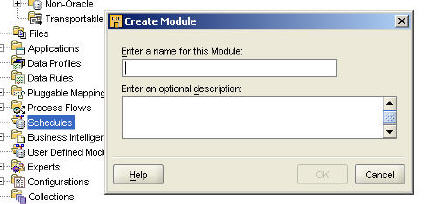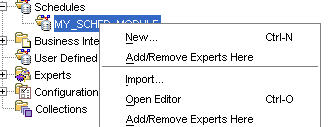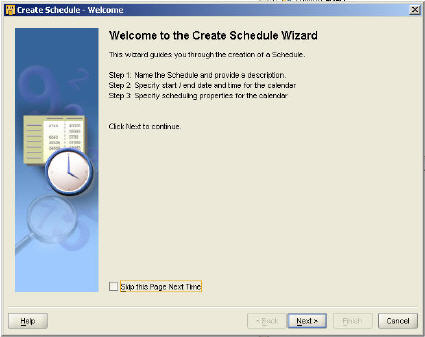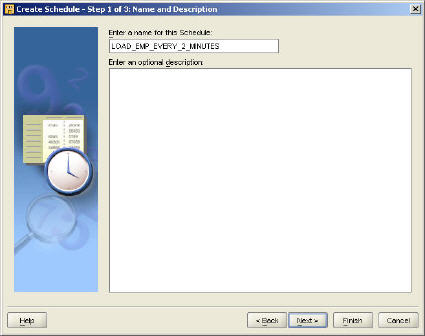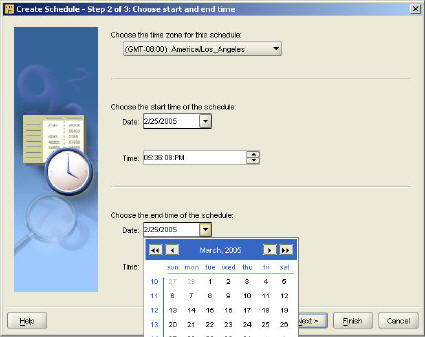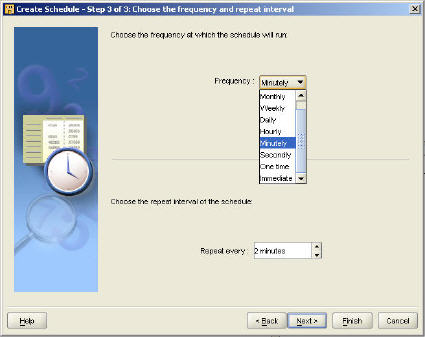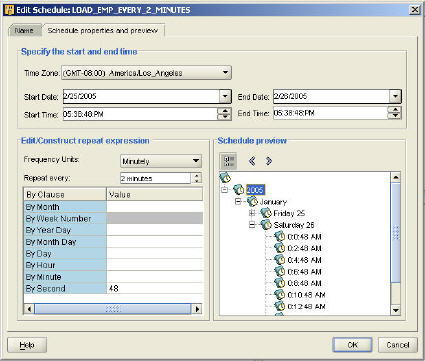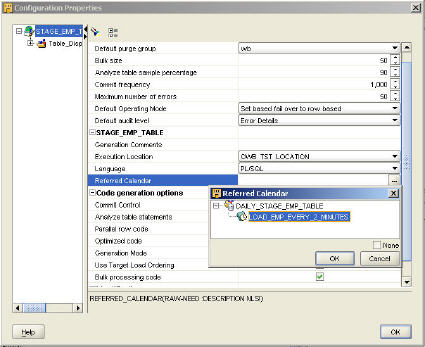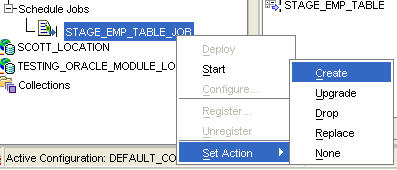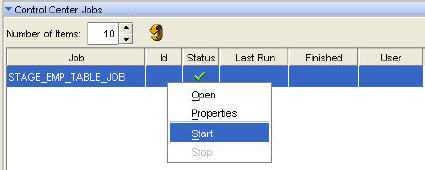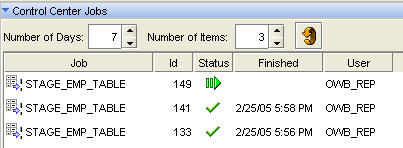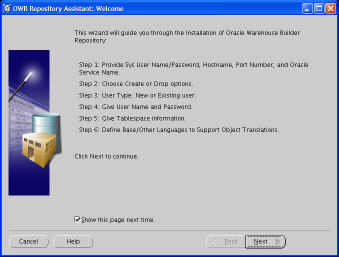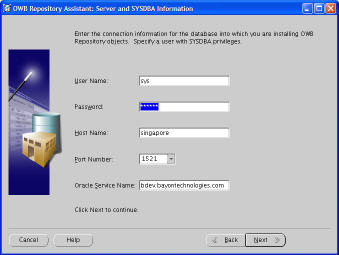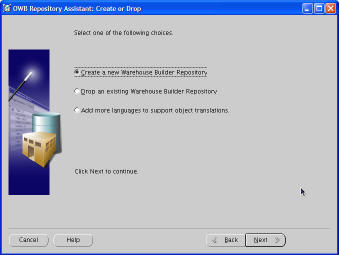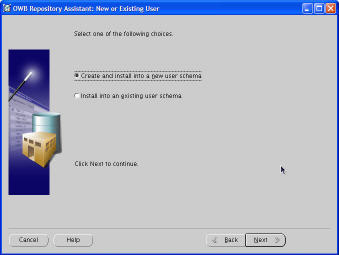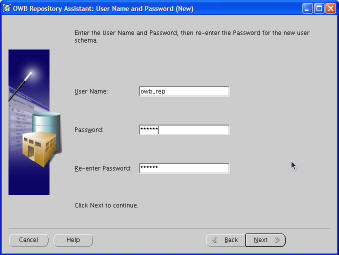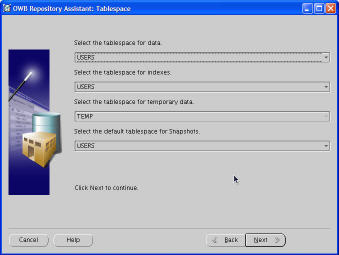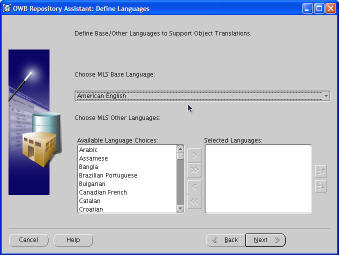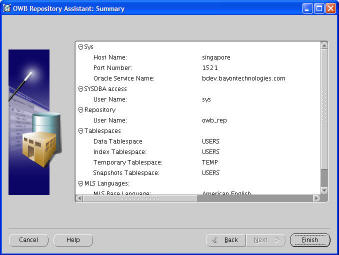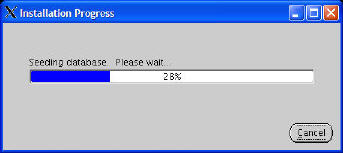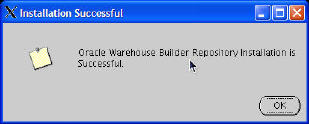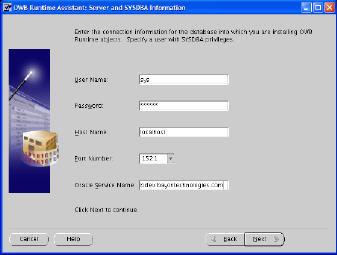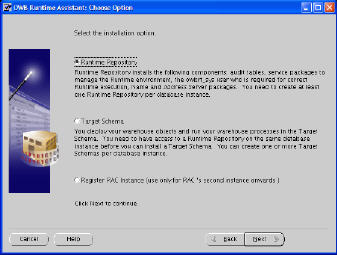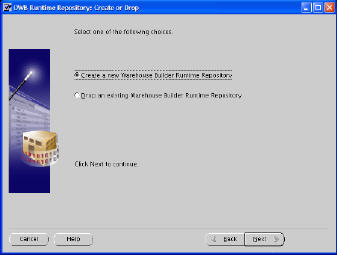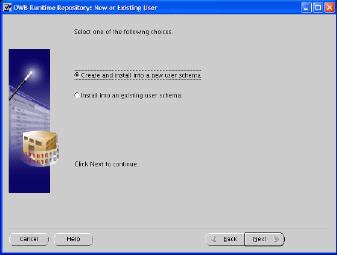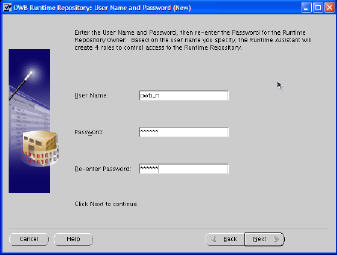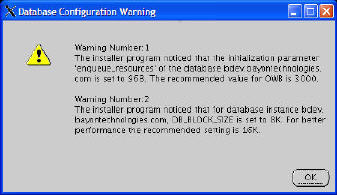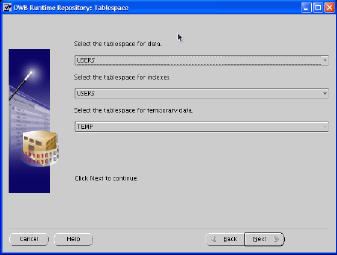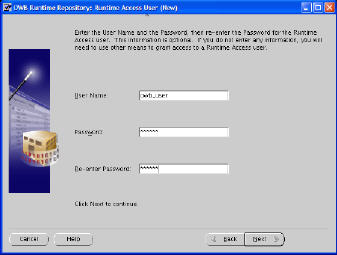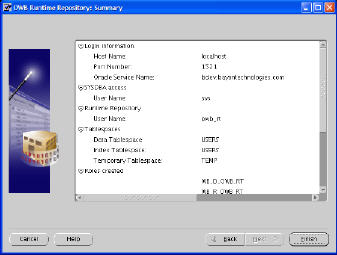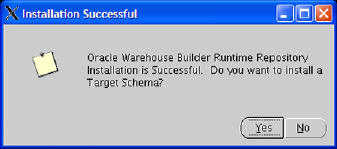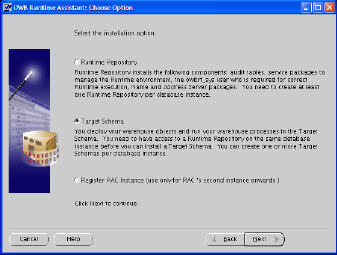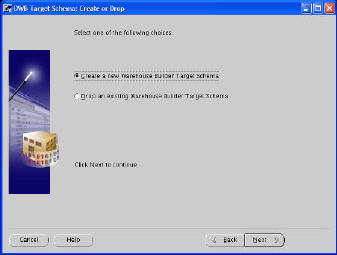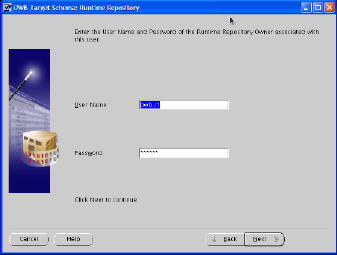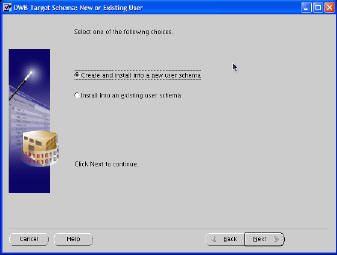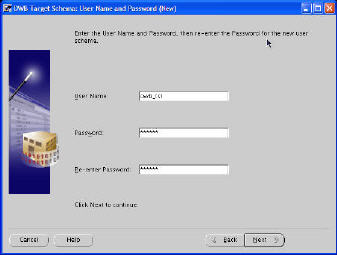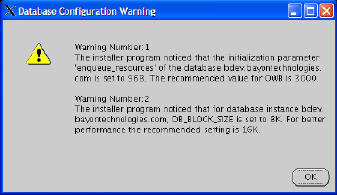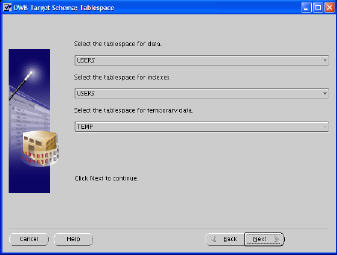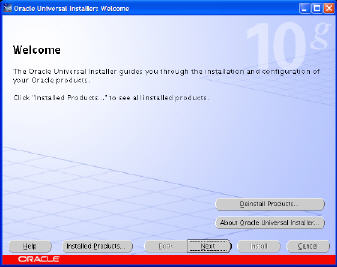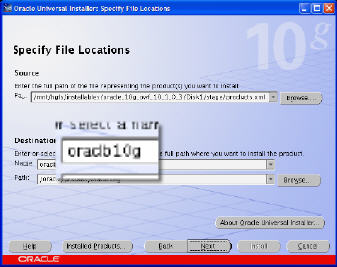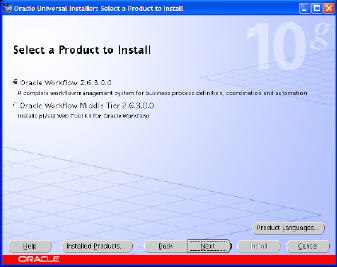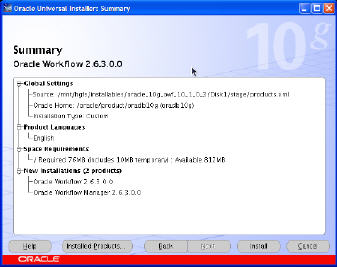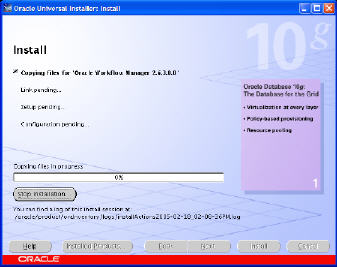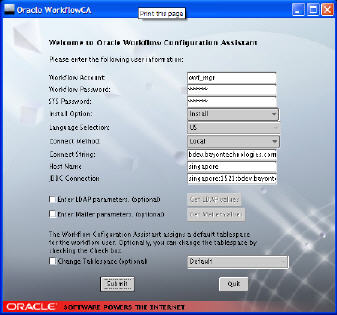UPDATE : The next workshop will be held July 19th ! Classes are limited to 8 seats (very hands on) Email me to get registered…
Some exerpts from workshop participants:
From my viewpoint, (considerable prior training and preliminary knowledge of data warehousing concepts in general) I found the class to be exactly what I needed. I needed a step-by-step, how-do-I-accomplish-the-tasks-in-Oracle kind of course. Without this course, it would have taken me weeks of time I don’t have, to be able to put together a prototype to show the other teammembers I work with the value of the tools. Now I feel confident I can put something together fairly rapidly, using the project database and real problems we are facing. I needed the hands-on approach to gain the confidence in the toolset. Now, if I can get it loaded on the server in short order, I should be fairly competent with the tool by the time the next release comes out, which will have the full set of capabilities the project needs.
I learned so much in a day that I never found on the OWB documentation. I never thought we can do so much in mapping.
I’ve developed a one day workshop to help those interested in how to get up and running QUICKLY with OWB. If any blog readers are in the greater Seattle area (or have always need an excuse for a weekend here) consider taking this course. Email me directly if you’re interested, and I can help get you registered for the workshop at the PSOUG lab on Mercer Island. Note: the PSOUG has not posted the event on calendar yet, but it’s most certainly scheduled for MARCH 26, 2005
ORACLE WAREHOUSE BUILDER : WORKSHOP I
This course teaches students how to install OWB into their database, and begin building Data Objects and ETL Mappings using OWB. Students will learn the basics of OWB architecture, ETL development, and executing their ETL. The students are required to install their own software and configure their own database to ensure they can leave the workshop with all the requisite skills to continue their OWB education at home, or in Workshop II. Students will be able to WOW their colleagues with their new found OWB skills building quick, optimized solutions to common ETL problems.
Course Objectives
After completing the course, students should:
- Understand OWB architecture, including the distinction between Design Objects and Runtime Objects (and repositories!)
- Be able to install OWB onto a database server
- Install and configure design repositories, runtime repositories, and target schemas
- Be able to retrieve metadata (table definitions, constraints, etc) and actually source data from remote Oracle databases
- Be able to create and deploy Tables, Sequences, Cubes, and Dimensions.
- Be able to create and deploy ETL mappings using multi table joins and custom transformation logic
- Be able to sample, and load data from flat files for use in OWB
- Be able to execute and troubleshoot ETL mappings built in OWB
- Load a star-schema that demonstrates the immense benefit of ETL/dimensional modeling
Text and Materials
All materials are supplied to students at the beginning of each class. The class textbook will be optionally available for purchase from PSOUG at a substantial discount.
Class Format
Classes consist of approximately 1.5 hours of lecture supported by slides and whiteboarding. The balance of the day, approximately 6.5 hours, is hands-on. Each students works on their own Linux server.
Prerequisites
To be successful students must be comfortable with basic Oracle administration. The following is a short list of the suggested but not required skills:
- Understand what schemas are, how they relate to users
- Understand basic DDL (create table, alter table, create sequence, create or replace package) and DML (select, insert, update)
- Know how to connect to Oracle using both Localnames (tnsnames.ora) and JDBC (host/port/SID)
- Students will benefit most when they have a basic understanding of dimensional modeling (Cubes/Facts/StarSchemas)
